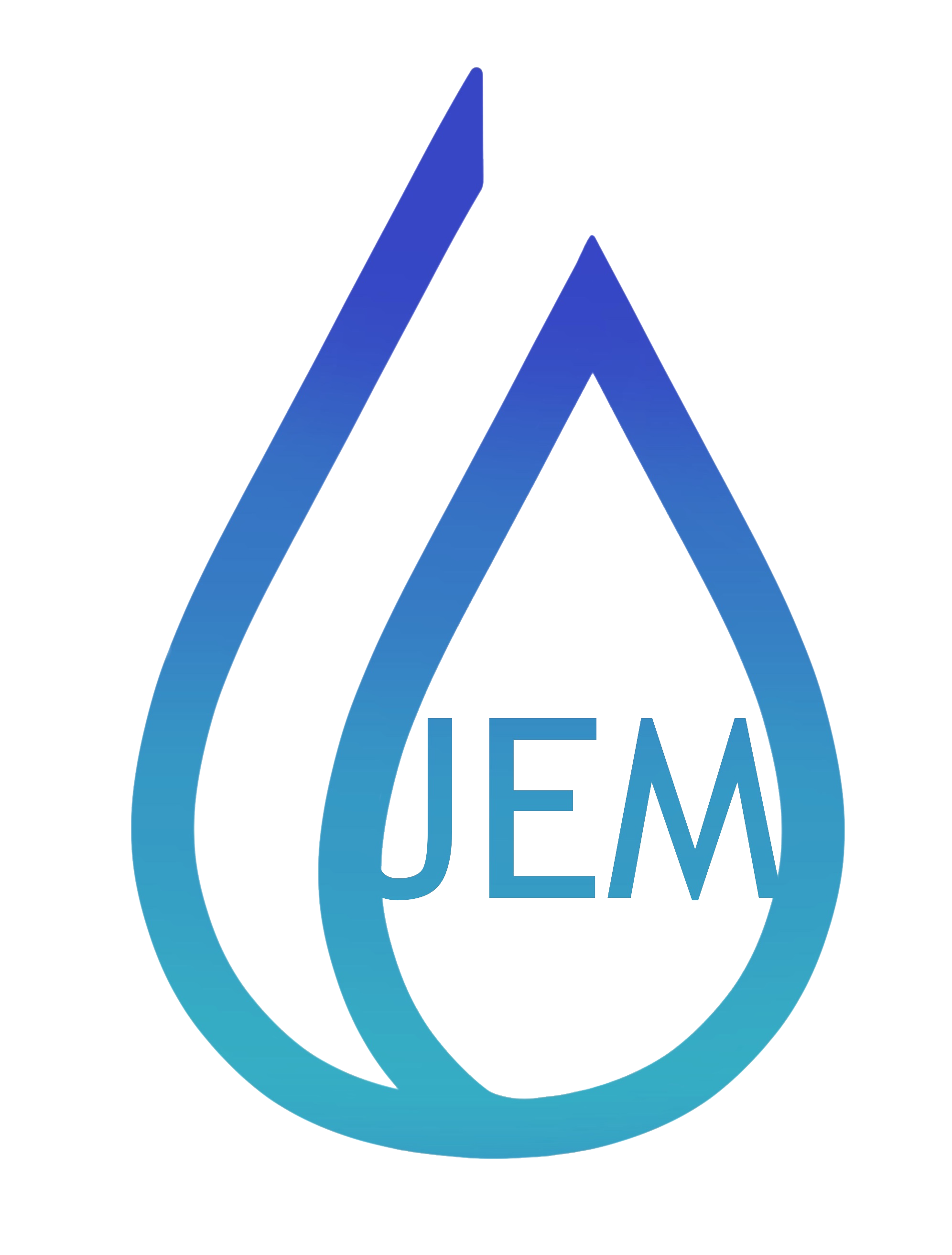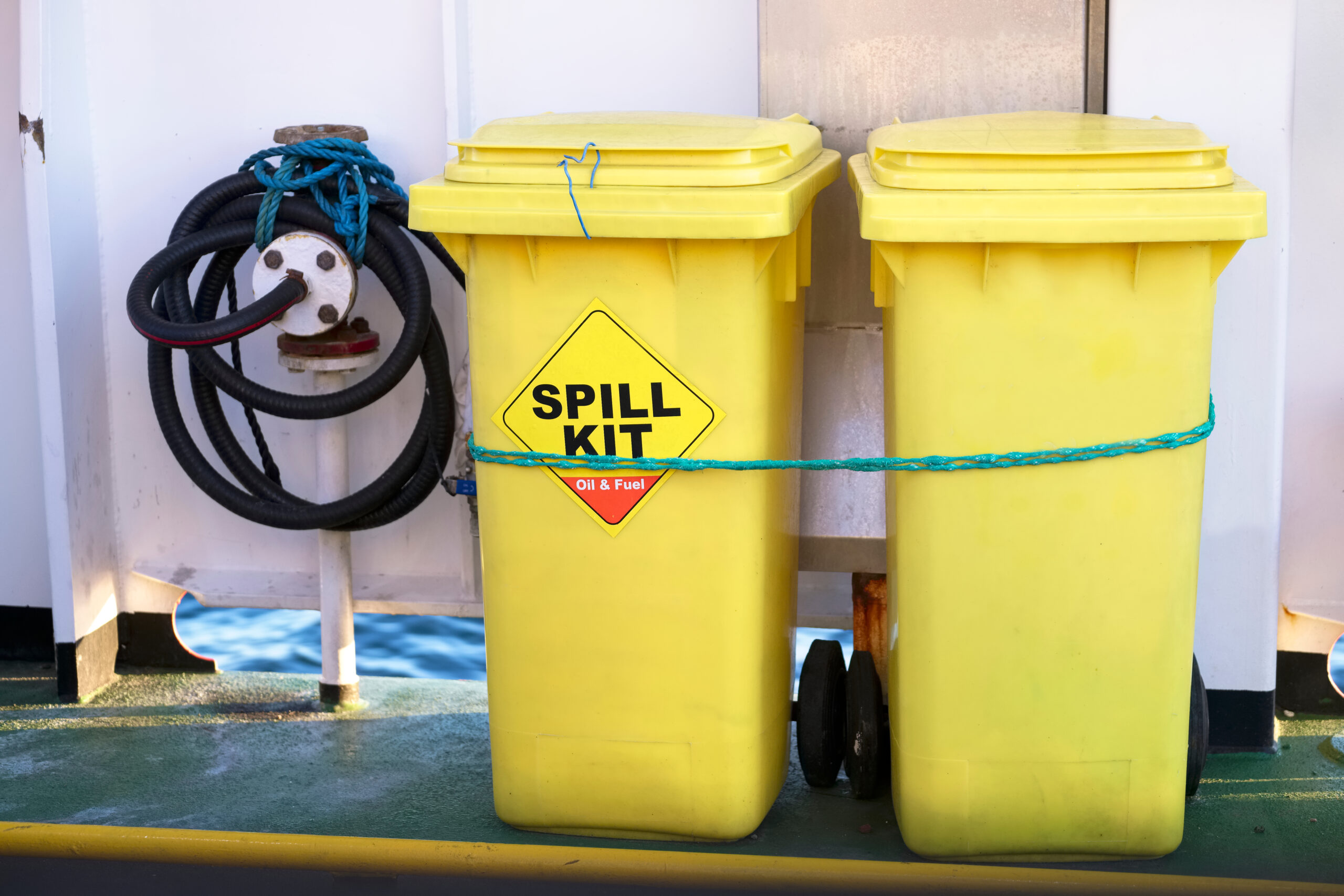Spills can occur at any time during regular operations or as a result of an accident. Having a spill kit readily available can help contain leaks from drums or tanks, as well as chemicals spilled on the floor. This proactive measure can prevent injuries, protect equipment, and avoid environmental harm and contamination.
Discussion Points:
- Different types of spill kits.
- Items included in spill kits.
- Maintaining spill kit supplies.
- Understanding regulations and standards established by the EPA and OSHA.
- Positioning spill kits in high-risk areas.
Discussion:
Spill kits are available in various types and sizes to manage different kinds and amounts of spills. Choosing the appropriate kit depends on the types of liquids used in your work environment and ensuring safety and effective spill response.
There are three main categories of spill kits: Oil-Only for oil-based spills, General Purpose or Universal for a wide range of non-aggressive liquids like water, oils, hydraulic fluids, and coolants, and Hazmat kits for hazardous chemicals such as acids, caustics, and unidentified substances.
The spill kits come equipped with various absorbent materials, including pads, socks, booms, pillows, neutralizing agents, and granular absorbers such as clay, sand, or other specially designed products. These materials effectively soak up and contain oils, fuels, and other hazardous substances, aiding in the cleanup process. Each kit should also include cleanup tools such as a scoop, shovel, broom, dustpan, disposable bags, hazardous waste labels, and a waste container. Additionally, it should contain safety gear, including gloves, goggles, an apron, and disposable shoe covers to protect workers during cleanup. Proper use of spill kits is essential for maintaining a safe work environment and ensuring compliance with environmental regulations. It is necessary to provide instructions for handling spills, along with Safety Data Sheets (SDSs) for each chemical on-site, to facilitate effective cleanup.
Regular maintenance and audits of supplies are crucial. Inspecting signs of wear or damage, checking the expiration dates of absorbent materials, and restocking used items are essential to ensure all materials are available and function properly when needed.
Thorough employee training on spill kits is also essential for ensuring workplace safety. Training should cover key areas such as understanding what is in the different types of spill kits, recognizing specific workplace hazards, mastering appropriate response techniques for various spills, and understanding regulations and standards set by organizations like the Environmental Protection Agency (EPA) and the Occupational Safety and Health Administration (OSHA).
By strategically placing spill kits in high-risk areas, such as near storage tanks or chemical handling zones like processing and dismantling areas, workers are better equipped to respond to spills, prevent harm to people and the environment, and meet regulatory requirements.
Investing in spill kits is a proactive step toward creating a safer and more environmentally responsible workplace.
As always, stay safe out there!


Recent Comments